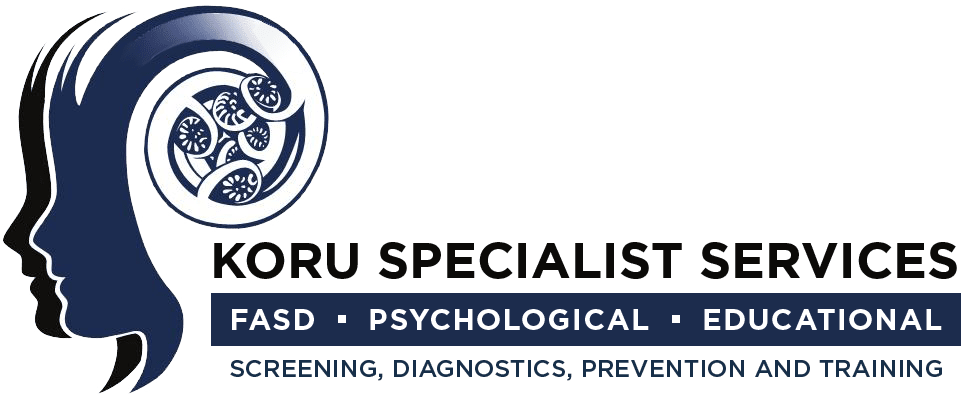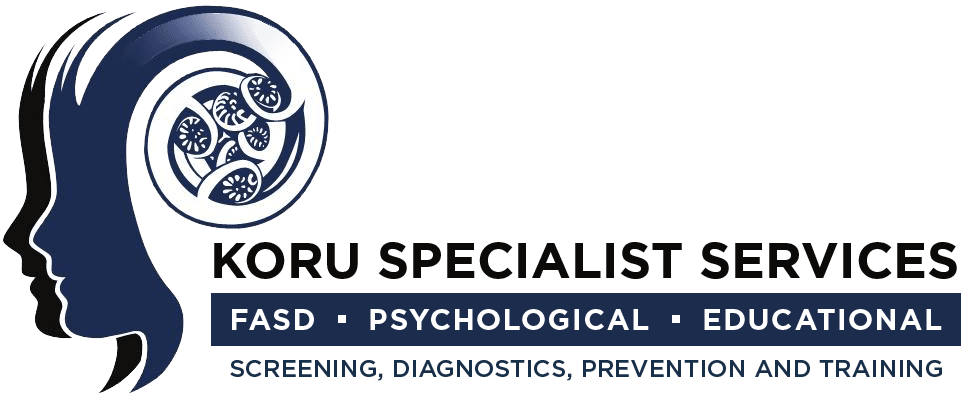Comprehensive Solutions to Complex Challenges Across New Zealand
Integrated Listening System
Auditory Retraining Therapy uses the principles of neuroplasticity (the idea that the brain can be altered using repeated stimulation) to re-teach the brain to receive auditory information in a more accurate and useful way. This repeated stimulation is used to build new, and strengthen existing, neural pathways in the brain.
Using the correct auditory stimulation, we can target the auditory pathways in such a way that strengthens the brain’s ability to process auditory information and can improve listening and lessen any of the negative “symptoms” associated with poor listening.
Stimulation of the auditory pathways simultaneously stimulates the vagus nerve and therefore provides input and specialised stimulation to the ANS during each session which provides a multitude of other benefits aside from auditory.
Integrated Listening Systems (iLs) is an Auditory Retraining Therapy system designed to provide repetitive auditory stimulation in a controlled way using electronically altered music and specialised headphones containing a bone conductor in them. It is based off the principals developed by Dr. Tomatis (founder of sound therapy) but incorporates modern technology into the process.
“iLs provides programs that improve cognitive, language and social abilities. As our brain/body connection becomes more organised, we better process the world around us and become more confident, happy and engaged.”
Options:
- Pro Program
- SSP Program
- Focus Program
- Dreampad
Based on what area you are trying to address out of the following:
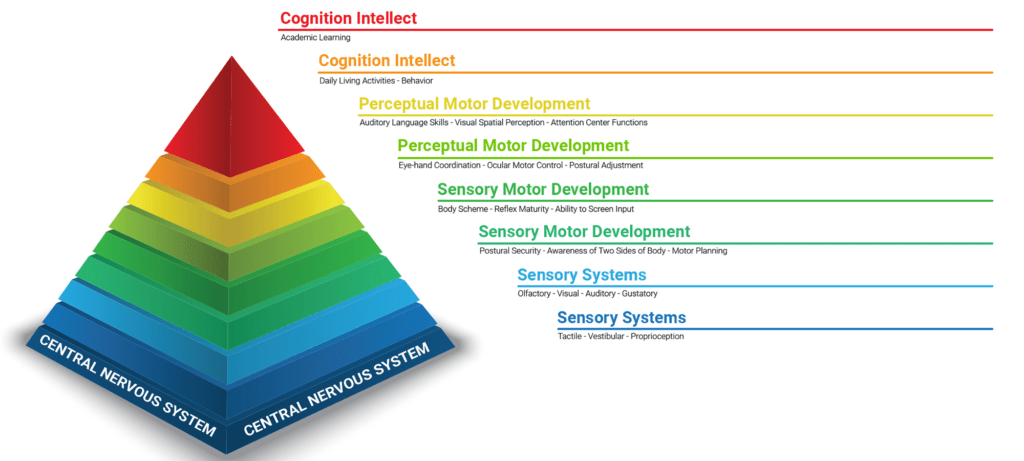
A well-modulated vestibular system is important for controlling the nervous system’s level of arousal, if this system is underdeveloped attention difficulties arise.
iLs bone conduction headphones and frequency filtration stimulate the vestibular system in specific ways that improve our ability to maintain a calm and alert state thus enabling us to sustain attention for extended periods of time.
Under-attentive brains crave stimulation, which is, addressed in iLs through the gradual introduction of various frequencies, in particular the higher frequencies.
For us to process auditory stimuli the incoming sensory input must make sense, if the incoming information is distorted in some way it makes it difficult for it to be processed, made sense of, and to then use that information in other ways.
Auditory information could be distorted either through its passage through the ear or in the way the brain processes the information once it arrives. iLs consists of a process called “gating” which strengthens the muscles within the inner ear that are responsible for filtering out unwanted noise and maintaining the integrity of the incoming input, thus improving our ability to discriminate and process sounds.
Secondly, iLs programs apply controlled stimulation of the vestibule and cochlear (2 of 3 main systems in organizing sensory input), thereby improving the integration and efficiency of sensory input to the brain.
Reading requires the ears and eyes to work together synchronously. As your eyes move from letter to letter your ear (cochlea) translates each letter into a sound.
The vestibular system coordinates the eye movements and aids the synchronicity of the eyes and ears.
iLs programs improve the neurological timing and vestibular function, by applying controlled stimulation to the vestibule, reducing processing delays and improving this synchronisation between the systems.
Sound enters the ear as a myriad of frequencies and intensities. The cochlea, within the inner ear is in charge of distinguishing and differentiating the various frequencies.
If the cochlea is not functioning well, we have poor “selectivity” and have a hard time telling the difference between sounds, such as; a “P” and “B”, or “T” and “D”.
iLs programs are proven to increase selectivity ability, resulting in better classroom performance and increased confidence. iLs provides specific stimulation to the cochlear that strengthens its ability to function accurately and efficiently.
One of the greatest and earliest areas of improvement we see with iLs clients is with their self-esteem. When we are processing information better, performing better at school or work, can process the world around us more effectively and efficiently we naturally feel better about ourselves.
On a physiological level, sound stimulation is received by more parts of the brain than any other sensory input including the limbic system, which plays a major role in our emotional well-being.
Alertness, Focus, Energy: Research has shown that if we deprive ourselves of sensory stimuli, we are unable to function effectively. Most of our sensory stimulation is received via the vestibular/cochlear system. If that system is hindered, the results can be seen in our brain’s ability to function well. Therefore, by providing the brain with an abundance of sensory stimulation our brain wakes up and pays more attention to what is going on around it.
iLs is this abundance of stimulation, to several of the senses not just sound. iLs is designed to engage the auditory, vestibular, and other senses in the way it is designed. At the anatomical level a “healthy ear” results in an increased feeling of alertness coming from the increase in sensory input coming in and being processed.
Incoming sound moves through a system called the ascending reticular activating system and then relayed to the cerebral cortex. With good auditory and vestibular input these systems activates a huge majority of the cortex having a profound effect of levels of “consciousness” and feeling aware rather than a feeling of being hazy.
A well-regulated vestibular system is vital in controlling the nervous systems level of arousal, if this system is under-regulated or not working properly difficulties regulating emotions subsequent behaviours develop. Often children with meltdowns and outbursts will be operating from a very high state of arousal at almost all times, so “tip” over the edge very easily. iLs uses bone conduction headphones and method of frequency filtration that stimulate the vestibular system in such a way that improves the ability to maintain calm, regulate the nervous system and reduce overall arousal – dampening down the reactivity to input.
the brain than any other sensory input including the limbic system, which plays a major role in our emotional well-being.
Alertness, Focus, Energy: Research has shown that if we deprive ourselves of sensory stimuli, we are unable to function effectively. Most of our sensory stimulation is received via the vestibular/cochlear system. If that system is hindered, the results can be seen in our brain’s ability to function well. Therefore, by providing the brain with an abundance of sensory stimulation our brain wakes up and pays more attention to what is going on around it.
iLs is this abundance of stimulation, to several of the senses not just sound. iLs is designed to engage the auditory, vestibular, and other senses in the way it is designed. At the anatomical level a “healthy ear” results in an increased feeling of alertness coming from the increase in sensory input coming in and being processed.
Incoming sound moves through a system called the ascending reticular activating system and then relayed to the cerebral cortex. With good auditory and vestibular input these systems activates a huge majority of the cortex having a profound effect of levels of “consciousness” and feeling aware rather than a feeling of being hazy.
Repeated stimulation of the Vagus nerve.
SSP – An imbalanced physiological state is a distinctive feature of anxiety. The SSP restores composure by stabilizing the ANS.
Focus – The music combined with bone conduction brings a person “home”. They feel more grounded, embodied and present. More in tune with their own body and system.
Pro – similar to Focus but more specialized.
Dreampad – The bone-conducted music provides the foundation for the nervous system to shift more towards a parasympathetic state helping to fall asleep faster.
SSP: Based on the Polyvagal theory (the science of feeling safe). This focuses on what is happening in the body and the nervous system and explains how our sense of safety, or danger/threat, can impact our behaviour.
The Vagus nerve is our internal control centre and helps regulate most aspects of human physiology (heart rate, blood pressure, sweating, digestion, speaking), the Vagus nerve processes signals and cues from the world around us and determines how our body responds.
Stimulating the vagus nerve and providing cues of safety can enable our nervous system to reset and change our physiological (baseline) state — helping us to more easily access our ventral vagal state and to more consistently feel safe and calm.
How We Help

Fetal Alcohol Spectrum Disorder (FASD)

Trauma and Attachment Disorders
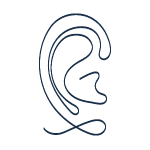
Auditory Processing Disorder (APD)

Sensory Processing Disorder (SPD)

Autism Spectrum Disorders (ASD)
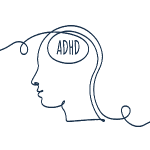
Attention Deficit/Hyperactivity Disorder (ADHD)

Global Development Delays

Specific Learning Disabilities

Developmental Language Disorders

Speech Disorders

Higher Cognitive Language Disorders In Adults

Articulation Disorders

